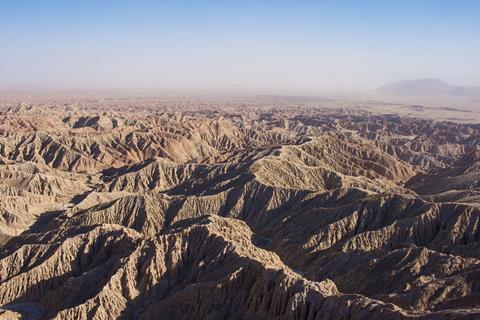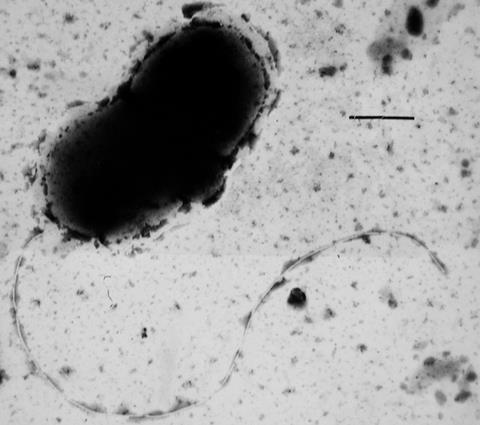When I’m asked what I do at work, my immediate thought is that it depends on what day it is. Therefore, I will report on a week in my working life to give a snapshot of what it means to be a geomicrobiologist.
After one of the staff in a neighbouring laboratory left to start a PhD I inherited the responsibility for running the gas chromatograph (GC) as I have used it to monitor changes in headspace gas composition in microcosms. After a few years of being on a wish list, we had our new automated headspace sampler fitted, but we’ve had some teething problems. So my week started by testing a couple of new suggestions from the manufacturer’s online support; alas, neither of these worked so I went back to their technical support for more ideas. In the afternoon I checked on the state of some methylotrophs I have been trying to grow. We have used several different strains in bioleaching experiments to target the rare earth elements (a group of 17 elements, several of which are important components of green energy technologies such as permanent magnets). In the presence of rare earth element-enriched solid material, the different strains are showing different leaching behaviour so we want to have a closer look at their genomes. I’m therefore growing them up for sequencing. One of the methylotrophs I inoculated onto plates last week has grown from some stocks in the fridge but there was no growth in the other four, so I used glycerol stocks in the freezer to make fresh streak plates.
Promoted: AMI has teamed up with QIAGEN to help you get the highest yields from your soil DNA Extractions. Get your free guide here.

Tuesday started with our weekly lab catch-up, where we focused on a review paper we are writing, looking at the survival of microorganisms in the context of radioactive waste disposal. During radioactive waste disposal, microorganisms are subject to multiple extremes depending on the type of waste and the geological setting of the disposal site. These include temperature, salinity and pH; however, my focus in this review is on microbial resistance to radiation and nutrient limitation. After this meeting I spent the remainder of the day updating the section on microbial limits to radiation. This involved looking at the radiation limits for different microbial groups produced to test sterilisation in food and medical industries, and also a research paper looking at radiation resistance in the context of life on other planets.
By Wednesday I had received some more ideas from the GC technical support, so I tried these first thing in the morning. Still no luck, so the online support was upgraded to an in-person visit scheduled for the next week. The rest of the day was spent making several different media to revive the sulphate-reducing bacterial strains that have been sitting in the fridge since recently arriving from a culture collection. We are growing these sulphate reducers because we want to make our own sulphate-reducing artificial community so we can test some bespoke DNA sequencing methods that focus on the dissimilatory sulphite reductase gene. Hopefully, this tool will allow us to look in more detail at communities of sulphate reducers that are implicated in corrosion in many subsurface industries.
Thursday was spent finishing off reviving the sulphate reducers and checking on the methylotrophs. The colonies are starting to grow but it will be easier to pick single colonies once they are a little bigger, so I returned them to the incubator. Some admin then followed.

Although there is probably slightly less change in topics during most weeks, a small team and wide range of projects certainly keep things interesting.










No comments yet